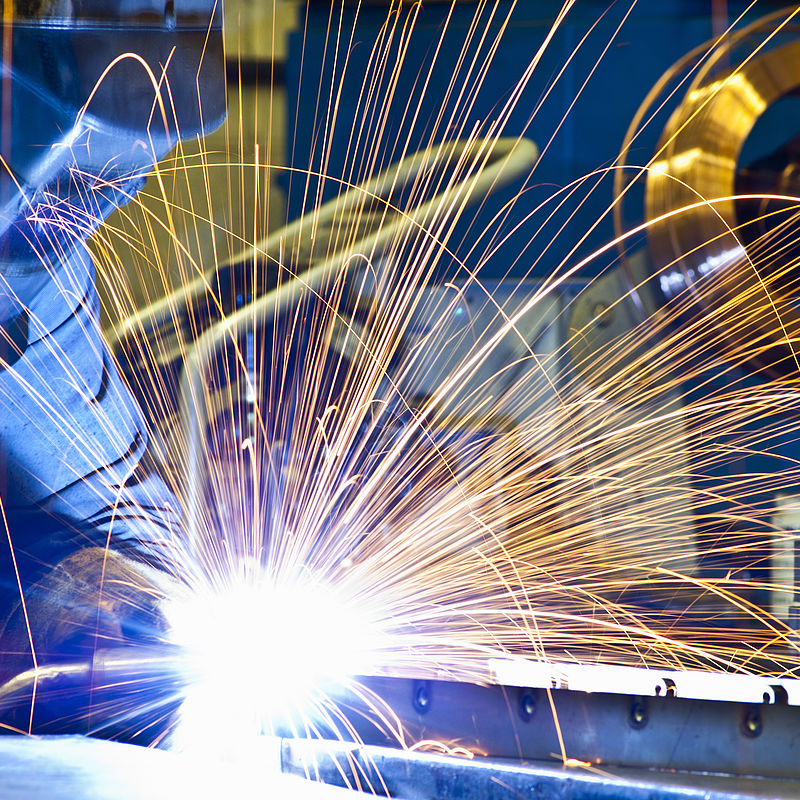
Industrial self-validating thermocouples
Challenge
For optimal efficiency and product quality, high-value manufacturing processes are required to operate at very specific temperatures. Turbine blade heat-treatment, for example, is performed at temperatures above 1300 °C and held within narrow tolerances and temperature ranges, requiring furnaces to be controlled by several precious-metal thermocouples.
A characteristic of thermocouples is calibration drift. Exposed to such high temperatures, thermocouple voltage outputs deviate from calibrated values, resulting in increasingly inaccurate temperature measurements. As it can be extremely difficult to recalibrate in these conditions, the remedy is frequent thermocouple replacement, resulting in production downtimes and additional labour costs.
Calibration systems traceable to the current International Temperature Scale of ITS90 applying a fixed-point method of temperature calibration might enable in situ calibration of industrial high-temperature thermocouples. Fixed point calibration uses pure metals that melt at fixed temperatures, so enabling voltage readings to be calibrated and real-time correction, for measurement confidence and extended lifetimes. However, industrial use was not feasible as these laboratory calibration systems were physically too large to be integrated into existing industrial processes.
Previous research developed the technology for some nonlaboratory uses. In-situ self-validating thermocouples were successfully miniaturised by the National Physical Laboratory (NPL) for space applications, and further in the EMRP project High temperature metrology for industrial applications. Strong interest resulted, but prototypes remained oversized. As metals were externally exposed, it was also unclear whether these designs would contaminate heat-treatment processes.
Solution
The EMPIR project Enhancing process efficiency through improved temperature measurement developed and trialled self-validating thermocouples with external dimensions no larger than existing process sensors. This enabled periodic in situ recalibration traceable to ITS-90, temperature measurement uncertainty of less than 1 °C at temperatures above 1300 °C, plus demonstrated suitability for industrial use.
The new design used a thinner graphite wall and an inert barrier to reduce chemical interactions, enabling it to be packaged inside a 7 mm, standard-sized, outer diameter sheath. With the same exterior dimensions and appearance as conventional thermocouples, the slimline design offered practical in situ calibration and was robust and stable enough to be used in real-world applications. One 400- day industry trial demonstrated excellent robustness and the ability to perform self-validation on a consistent basis.
Impact
CCPI Europe, a subsidiary of The Marmon Group - a Berkshire Hathaway Company, that offers temperature measurement solutions, was an unfunded partner in the project, as well as in the earlier EMRP project.
Having seen potential cost savings for its customers in the heattreatment market, it decided to commercialise the slimline selfvalidating thermocouple. As the project concluded, a licensing agreement was signed with NPL to exploit the design.
CCPI Europe since combined self-validating thermocouples with its sensor assembly and typical industrial measurement instrumentation, and developed analysis software to further reduce technical and cost barriers. Extensive testing followed, including for system accuracy and to destruction at above operational conditions.
A marketing plan anticipating a 2022 product launch targeting high-value manufacturers keen to invest in significant reductions in downtime costs and improved confidence in temperature measurements. Further developments may also present opportunities for automation, in line with ‘Industry 4.0’ concepts.
Improved temperature measurement will result in tighter process control, leading to better, higher-quality products, and will further enhance the competitiveness of European industries.
- Category
- EMRP,
- Industry,
